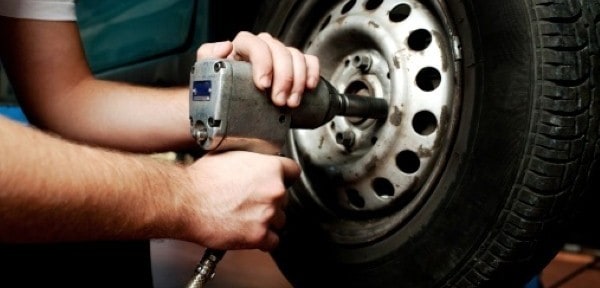Motorists across the country could be placing their life at risk by failing to maintain the tyres of their vehicles.
A poll of UK car owners carried out by AA Tyres has shown that as many as one-third of men and two-thirds of women rely solely on garages to tell them when their tyres are in need of renewal.
As a result, millions of drivers are taking for granted the safety of tyres that may very well be a disaster waiting to happen.
Director of AA Tyres David Bruce stated: “Tyres aren’t ‘optional extras’ – the four small patches of rubber, each the size of your hand, are the only parts of the car that touch the road. If they’re worn, poorly inflated, or damaged, then you really are dicing with death.”
Motorists are therefore encouraged to carry out regular inspections regarding the state of their tyres, with the need to look for issues like excessive or uneven wear, low tread depth and rips or tears high on the list of danger signs.
In addition, tyre pressures should also be regularly examined to ensure they are in line with the manufacturer’s recommended psi.
The legal minimum tread depth for a tyre in the UK is 1.6 mm of tread covering the central circumference of the tyre, although a depth of less than 2 mm should be seen as a risk to safety.
Issues that can arise due to lack of tyre maintenance include unresponsive handling, increased braking distances and even a chance of tyre failure. However, all of these problems can be avoided if motorists simply inspect their tyres regularly and have them replaced when needed.



